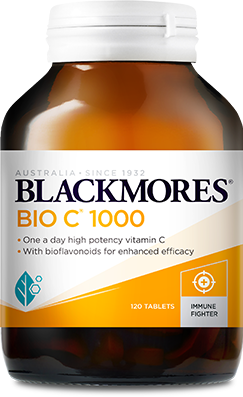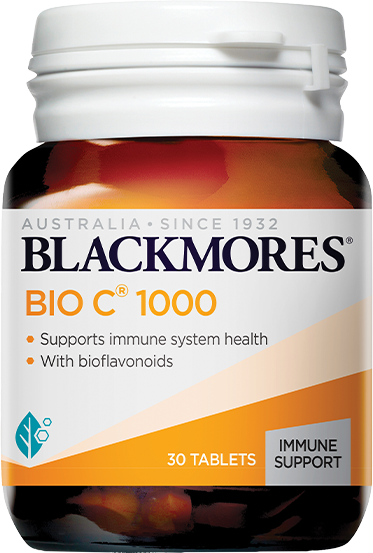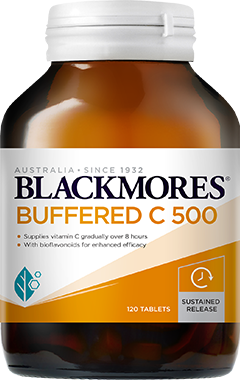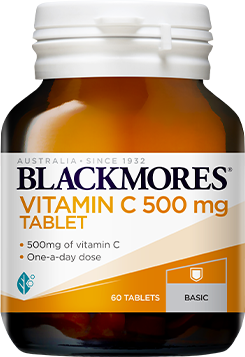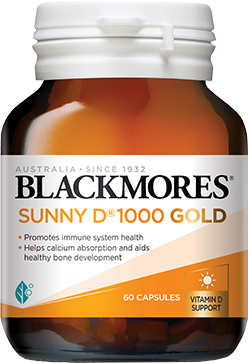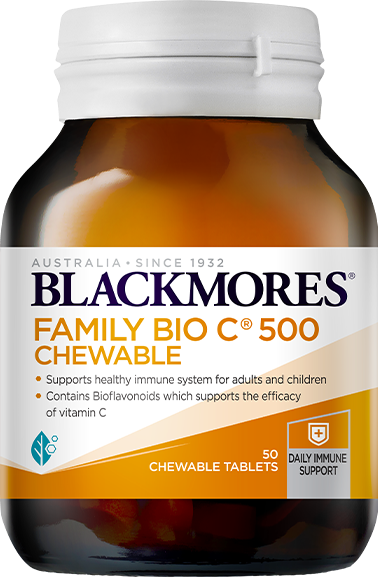Vitamin D enhances the immune response
Recent studies have suggested that vitamin D is involved in innate immunity. Our innate immune system is our “first line of defence” and helps to stop the entry and spread of pathogens in the body. Studies show that macrophages, which are part of innate immunity, contain receptors that respond to pathogens. Activation of these receptors flicks a switch for a particular gene which codes for vitamin D receptors and also converts vitamin D to its active form. The activated vitamin D then promotes another gene for a substance called cathelicidin which enhances pathogen destruction.
Simply put, the activation of this important innate immune defence is dependent on vitamin D levels in the body. A study published in 2009 found that participants who had low serum levels of vitamin D were more likely to have had a recent upper respiratory tract infection.
Sources of vitamin D
Unlike other vitamins, vitamin D is primarily produced by the body with the help of sunlight. Most people do not need to obtain vitamin D from food if they spend enough time in the sun. The questions still remain: how much sun is enough and how much is too much?
In Australia, we are acutely aware of the damage the sun can do and take care to slip, slop and slap – especially in summer. However, more and more people are becoming vitamin D deficient. Studies done in Australia have found that increasing numbers are deficient due to poor dietary intake and inadequate sun exposure. More and more people spend time indoors, especially children and the elderly, and cover up using sunscreen or clothes.
Where to get vitamin D?
It is important to be mindful of getting enough sun exposure to achieve adequate vitamin D levels, but not too much to cause permanent skin damage. Here are some guidelines which have been put forward by the Australian and New Zealand Bone and Mineral Society, Osteoporosis Australia, The Australasian College of Dermatologists and the Cancer Council of Australia:
- For most people, sun protection to prevent skin cancer is needed when the UV index is moderate or above i.e. UV index is 3 or higher.
- Most people should get adequate vitamin D through sun exposure in day to day outdoor activities which expose the face, arms and hands to a few minutes of sunlight, however this should be outside peak UV times.
- In winter in southern Australia where sunlight may not be intense, 2-3 hours of sunlight exposure over a week is required to maintain vitamin D levels.
Foods high in vitamin D include:
- Fatty fish such as herring, salmon, tuna and sardines
- Cod liver oil
- Beef
- Livers
- Butter
- Eggs
- Fortified foods such as margarine and milk
References available on request

